Parrot’s Beak Flower, scientifically known as “Lotus berthelotii,” is a delightful and unique trailing plant that captures the imagination with its vibrant colors and distinctive shape, reminiscent of a parrot’s beak. Native to the Canary Islands, this charming plant is often grown as an ornamental hanging basket or container plant. In this article, we’ll explore the captivating features, care, and ways to incorporate Parrot’s Beak Flowers into your garden, adding a touch of whimsy and beauty to your outdoor space.
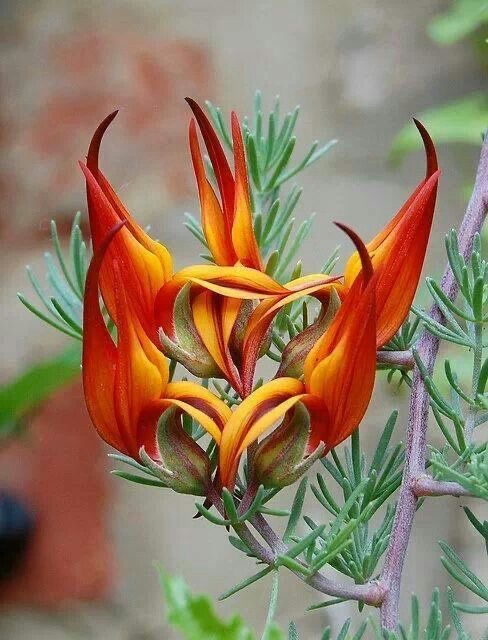
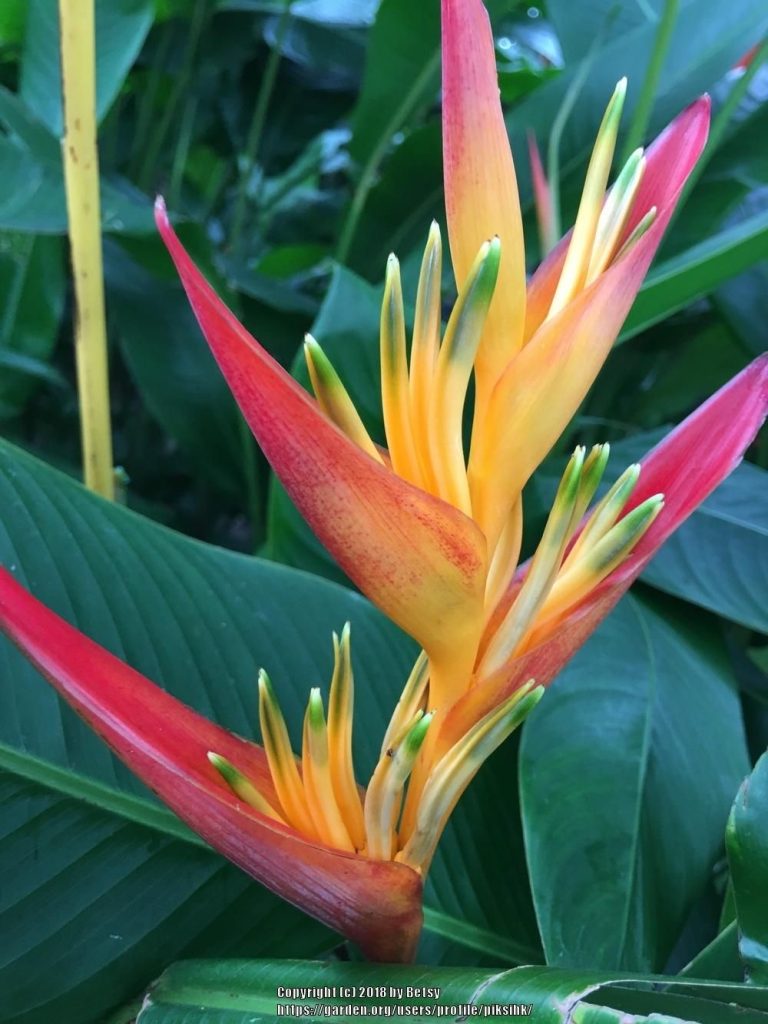
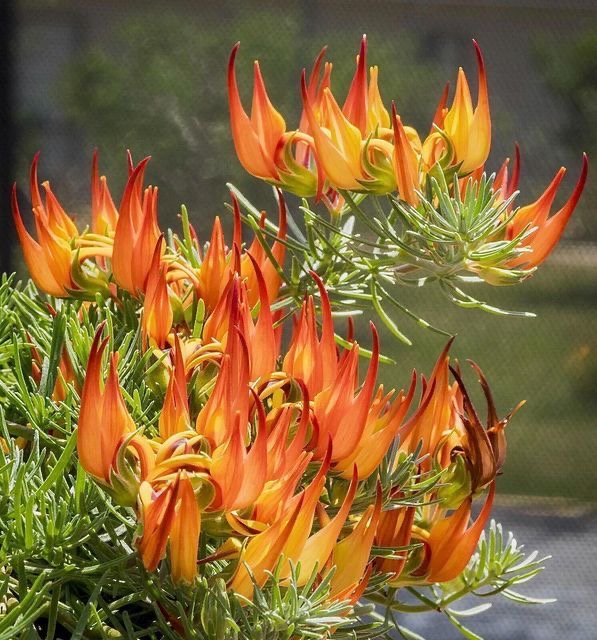
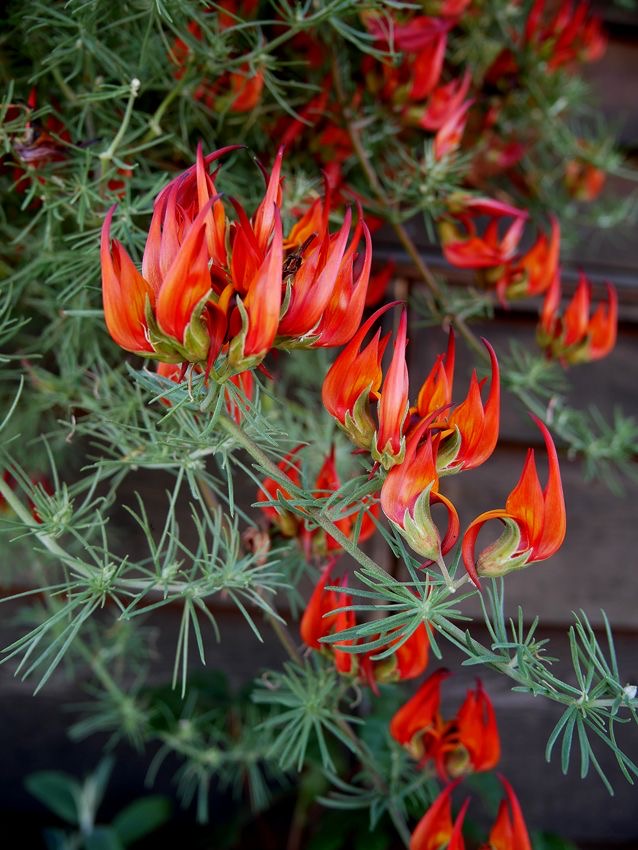
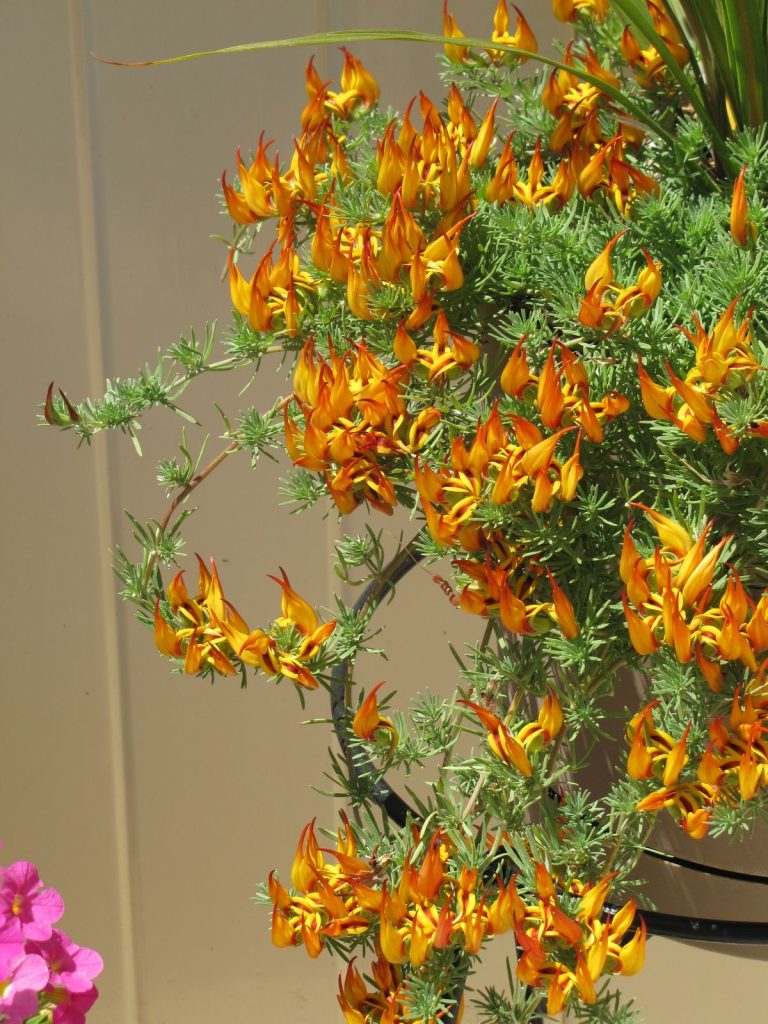
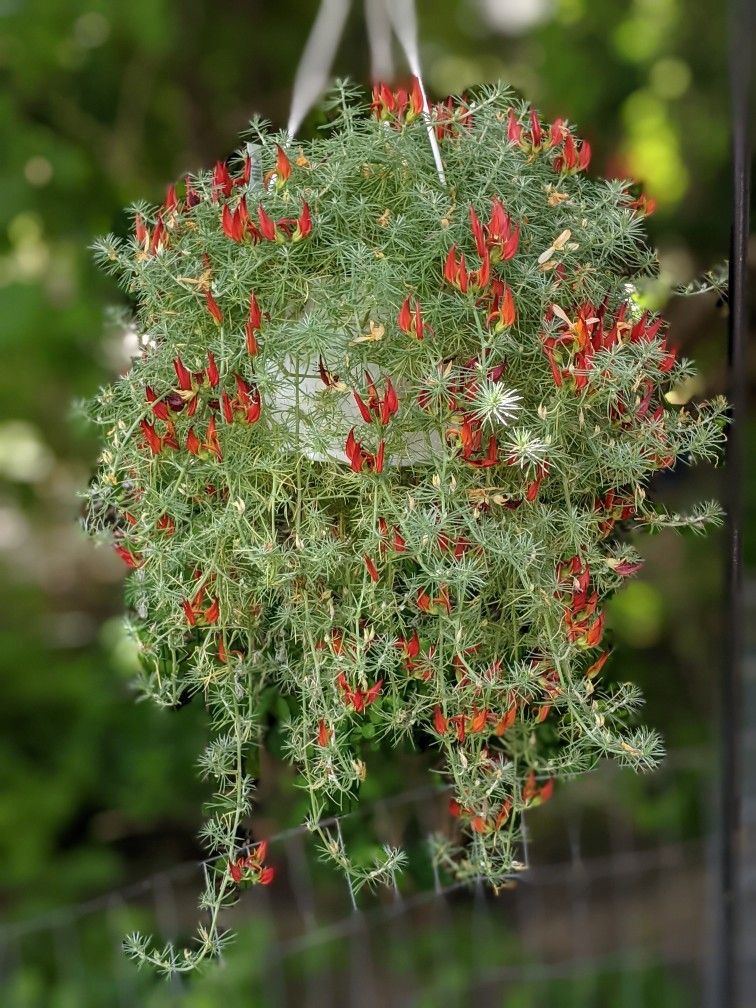

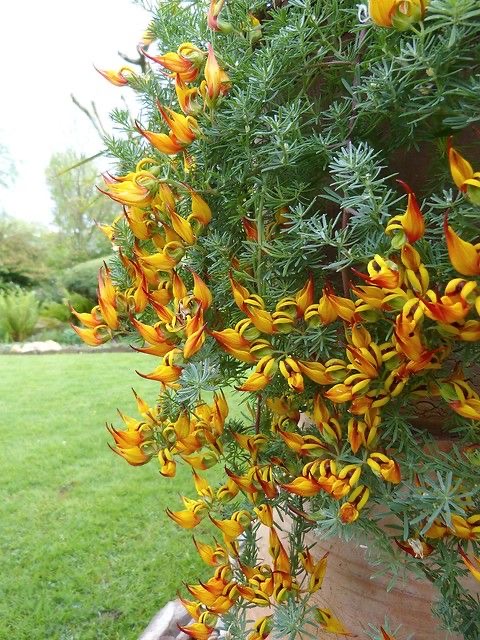
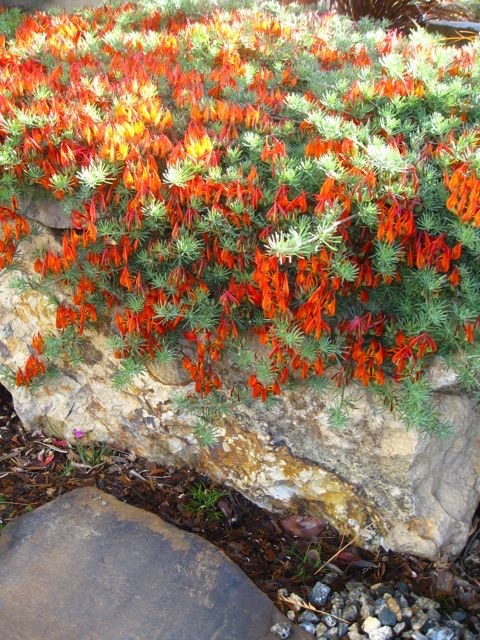
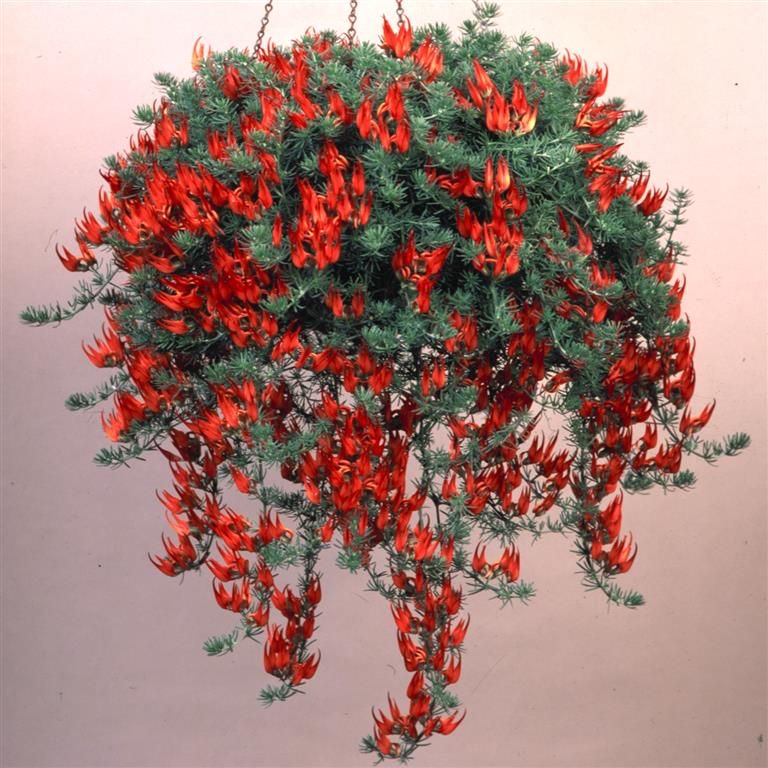
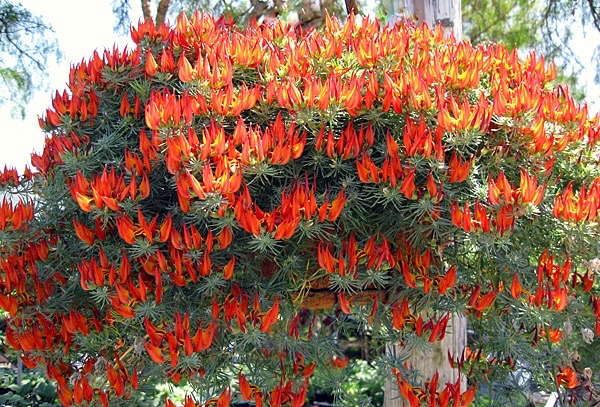
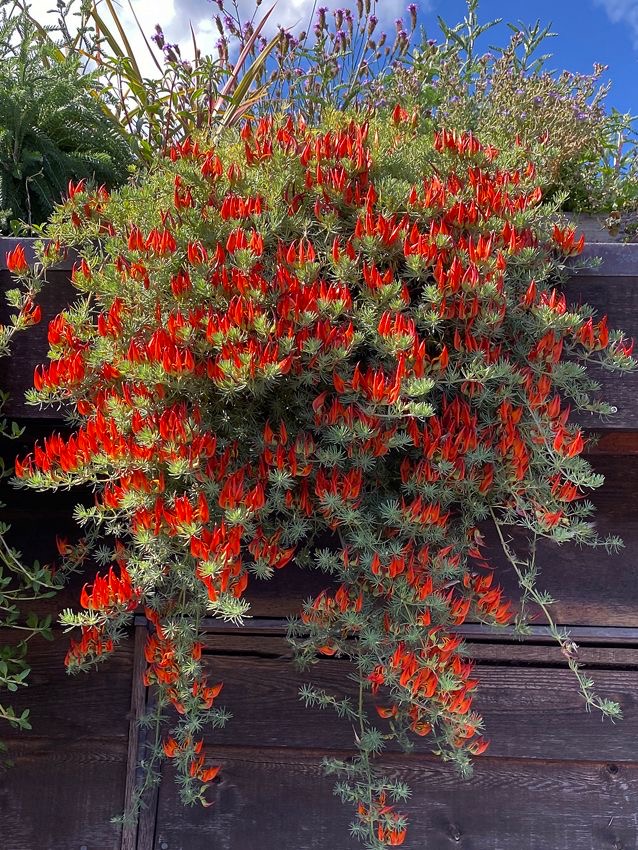
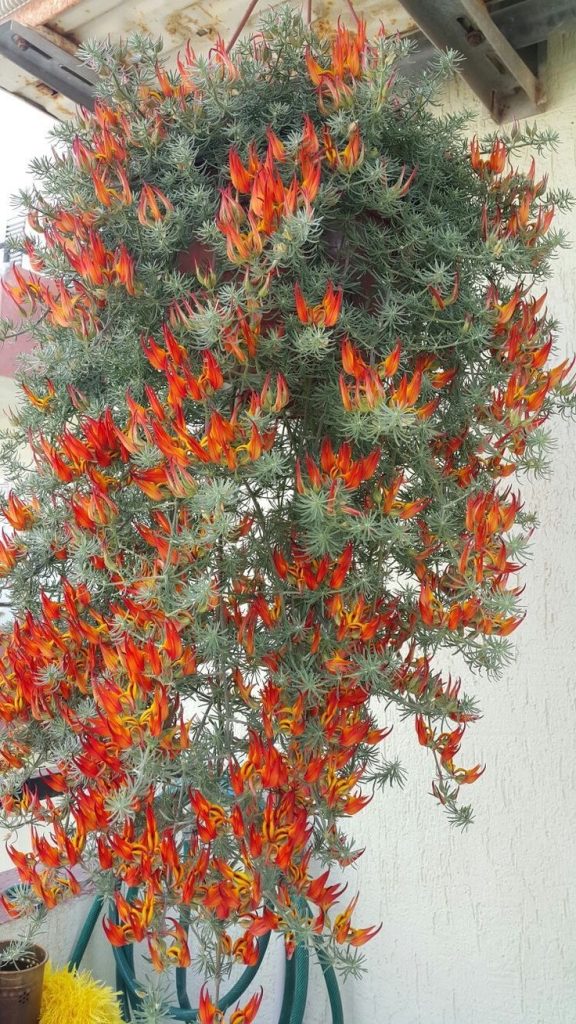
The Captivating Features of Parrot’s Beak Flower
Parrot’s Beak Flowers are celebrated for their captivating features that make them a beloved addition to gardens:
- Mimicry: These plants are aptly named for their unique flower shape, which resembles a parrot’s curved beak, complete with a vibrant, feathery appearance.
- Vibrant Colors: Parrot’s Beak Flowers produce tubular, orange to red blooms with yellow tips, creating a striking contrast of colors.
- Trailing Habit: They have a trailing or cascading growth habit, making them ideal for hanging baskets, window boxes, or as ground covers.
- Long Blooming Period: Parrot’s Beak Flowers typically bloom from spring through fall, providing an extended burst of color.
- Attracting Hummingbirds: The tubular flowers are not only visually appealing but also attract pollinators, particularly hummingbirds, to your garden.
Caring for Your Parrot’s Beak Flowers
To ensure your Parrot’s Beak Flowers thrive and continue to dazzle with their unique beauty, follow these care guidelines:
- Location: Plant Parrot’s Beak Flowers in a sunny spot that receives at least 6 hours of direct sunlight daily. They appreciate full sun but can tolerate light shade.
- Soil: Ensure well-drained, sandy or loamy soil with good organic content. These plants prefer soil that doesn’t stay consistently wet.
- Watering: Keep the soil consistently moist but not waterlogged during the growing season. Water at the base of the plant to prevent fungal issues.
- Fertilizing: Apply a balanced, water-soluble fertilizer every 4-6 weeks during the growing season to promote healthy growth and flowering.
- Pruning: Trim back leggy or overgrown stems as needed to maintain the plant’s shape and encourage bushier growth.
- Protection from Frost: Parrot’s Beak Flowers are sensitive to frost and cold temperatures. If you live in a colder climate, consider overwintering them indoors.
Incorporating Parrot’s Beak Flowers into Your Garden
Here are creative ways to incorporate Parrot’s Beak Flowers into your garden:
- Hanging Baskets: Showcase the trailing beauty of Parrot’s Beak Flowers in hanging baskets on your porch, patio, or in a sunny window.
- Window Boxes: Plant them in window boxes to create colorful and eye-catching displays that brighten up the exterior of your home.
- Rock Gardens: Use Parrot’s Beak Flowers to add a splash of color and whimsy to rock gardens and stone walls.
- Ground Covers: Plant them as ground covers in garden beds or along walkways, where their trailing habit can create a lush carpet of color.
- Container Gardens: Combine Parrot’s Beak Flowers with other trailing or upright plants in container gardens for unique and eye-catching arrangements.
Parrot’s Beak Flowers are nature’s delightful mimicry, adding a touch of whimsy and vibrancy to any garden. Whether they’re trailing from hanging baskets, cascading from window boxes, or serving as colorful ground covers, these charming plants are sure to capture attention and bring joy to your outdoor space.
Plant Parrot’s Beak Flowers in your garden, and let their captivating presence remind you of the playful and beautiful wonders of the natural world.